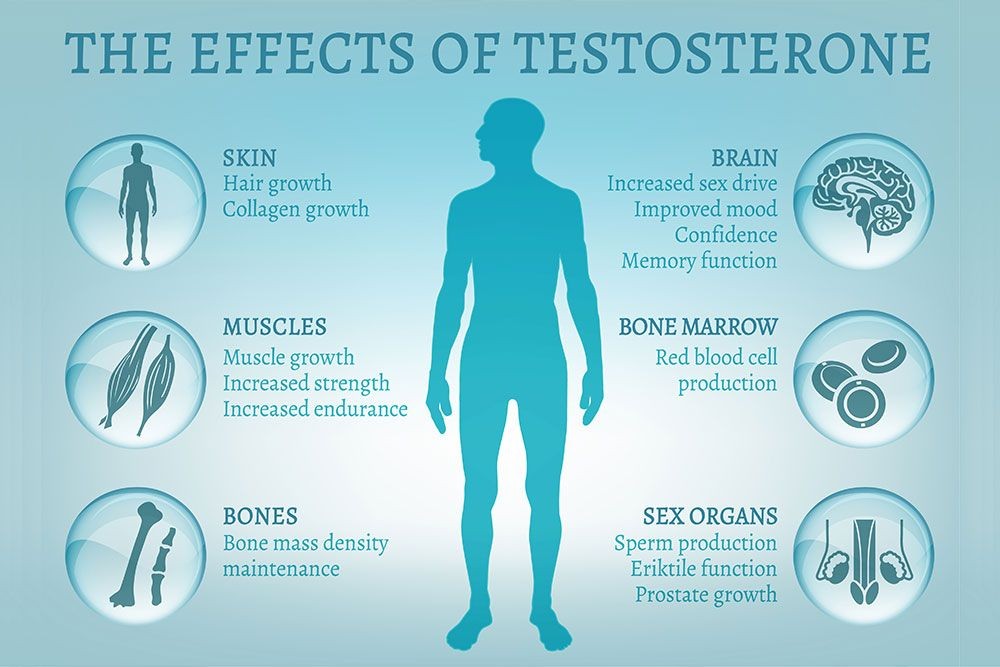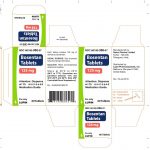
Contents
- 1 Testosterone Therapy: A Treatment for Erectile Dysfunction?
- 1.0.1 What is erectile dysfunction?
- 1.0.2 How does testosterone therapy alleviate sexual dysfunction?
- 1.0.3 When should you consider testosterone therapy for ED?
- 1.0.4 How does testosterone therapy work against erectile dysfunction?
- 1.0.5 What are the types of testosterone therapies?
- 1.0.6 What are the side effects of testosterone therapy?
Testosterone Therapy: A Treatment for Erectile Dysfunction?
Testosterone treatment can reverse erectile dysfunction and improve sexual performance.
Testosterone replacement therapy (TRT) may help with erectile dysfunction (ED) in men with low testosterone levels. However, TRT does not improve erection in men with normal testosterone levels, so it’s important to determine testosterone levels before treatment.
ED is a condition where the ability to maintain an erection reduces, hindering sexual function in men. Low testosterone levels contribute to ED.
Testosterone, a male sex hormone, is responsible for sexual function and the development of secondary sexual characteristics in men, such as a beard, chest hair, muscle mass, and pelvic build.
- Both ED and testosterone levels are affected by age.
- As men age, the risk of ED increases, and testosterone levels naturally decrease by one to two percent yearly.
- Although both events coincide, there is no evidence of causation.
What is erectile dysfunction?
Erectile dysfunction (ED) is the chronic inability to produce or sustain an erection sufficient for satisfactory sexual performance. ED can have various causes and can occur gradually or suddenly. It can be distressing and concerning.
ED experiences differ among men, and each person’s experience depends on the severity of the condition. Many men turn to Viagra and illegal drugs to improve their sexual function without seeking medical help.
With increased awareness, more men are seeking professional help for ED. Approximately 30 million men in the United States are diagnosed with ED. Since ED can be a symptom of other conditions like heart disease or diabetes, it’s important to seek medical attention.
How does testosterone therapy alleviate sexual dysfunction?
Low testosterone levels often lead to decreased libido and sexual desire in men. Fatigue and sluggishness caused by low testosterone can also contribute to a lack of sexual enthusiasm. Testosterone therapy can restore sex drive and rejuvenate sexual interest.
Low testosterone may impair sexual performance and have negative effects, including:
- Sexual dysfunction
- Difficulty maintaining an erection
- Lack of energy for sexual activity
- Less pleasurable orgasms
Testosterone treatment can help with sexual performance issues, including reversing erectile dysfunction. It also increases orgasms and enhances sexual desire.
With increased energy and muscle mass from testosterone replacement treatment, men can endure longer during sex, leading to a more satisfying physical connection and improved emotional intimacy. It also strengthens bonds and promotes relationship development.
When should you consider testosterone therapy for ED?
If you haven’t had an erection in three months, consult your doctor. They will perform a physical examination and record your symptoms.
Low testosterone symptoms may include:
- Decreased sexual desire
- Loss of body hair
- Breast development
- Reduced beard growth
- Decreased muscle size and strength
- Bones that break easily
Testicles may appear smaller than usual. If you have some of these symptoms, your doctor may order a blood test to determine your testosterone levels. The test should be performed multiple times and ideally in the morning when testosterone levels are highest.
If the tests reveal low testosterone levels and no other causes are found, testosterone therapy can be considered.
How does testosterone therapy work against erectile dysfunction?
Testosterone replacement therapy (TRT) has been shown to improve erectile function in men with low testosterone production who don’t respond well to PDE5 inhibitors alone. TRT can enhance erectile function even without PDE5 medications. It is considered safe, and men can benefit from improved sexual performance.
However, the U.S. FDA has issued a safety alert about TRT, stating that the benefits and safety of these drugs have not been proven. Manufacturers of testosterone for therapy must include information on their labels warning about a potential increased risk of heart attacks and strokes among testosterone users.
What are the types of testosterone therapies?
There are several methods for delivering testosterone to the body, but bioidentical formulas are generally the safest and most effective. Bioidentical refers to testosterone molecules identical to those naturally produced by the body.
The body poorly absorbs synthetic testosterone, which can cause undesired side effects. The following are commonly used testosterone replacement treatment (TRT) methods:
- Injection
- The most commonly used method.
- The injection can be administered by a doctor, nurse, or the patient themselves into a muscle or beneath the skin.
- The drugs used are testosterone cypionate or testosterone enanthate, which may cause discomfort at the injection site.
What are the side effects of testosterone therapy?
Treatment with testosterone can cause fluid retention and possible side effects like acne, enlarged prostate, and breast enlargement. Other adverse effects include reduced fertility, increased red blood cell count (which can lead to heart disease), worsening sleep apnea symptoms, and an elevated risk of early prostate cancer development.
Women and children should avoid contact with unwashed or exposed areas where testosterone gel has been applied, as it can be transferred through skin contact.
Risks associated with testosterone therapy
All types of testosterone replacement treatment carry the same risks, including:
- Excessive red blood cell production
- Increased risk of blood clot formation
- Enlargement of the breasts (gynecomastia)
- Worsening or development of sleep apnea
- Development of acne
When starting testosterone replacement medication, a man’s risks can increase quickly, especially if their condition hasn’t been thoroughly examined.
When starting testosterone replacement medication, a man’s risks can increase quickly, especially if their condition hasn’t been thoroughly examined.


